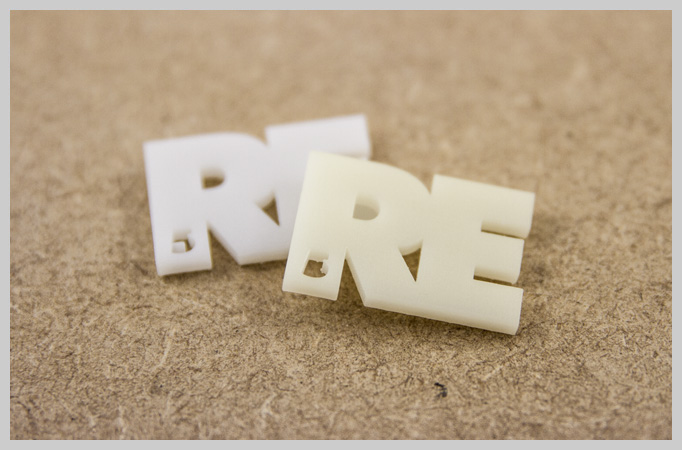Unfortunately, yes. And as we often say, there isn't a one-size-fits-all approach to 3D printing. This also applies to how 3D printed parts discolor over time.
-
Polyamide (SLS)
Over time, Polyamide will start to show discoloration and turn slightly yellowish. Unfortunately, this process is an inherent property of the nylon material and is caused by a chemical reaction within the polymer chains. There really is no treatment that can protect the natural color of nylon from discoloring over time. You can only delay the process by, for instance, applying a UV protective finish. To prevent discoloration, we recommend choosing a colored finish for your model like dyeing, spray painting or applying velvet-like flocking.
-
Mammoth resin, standard resin, gray resin, standard resin, high-detail resin
Indirect sunlight will not cause resins to discolor as much as Polyamide over time. However, resins will discolor more by direct UV light than any other material. To prevent discoloration, we recommend varnishing or painting your model.
-
Transparent resin
A clear varnish is applied to your model in order to make it transparent. The varnish will protect your model from dust and slows down the discoloration process.
The example below shows a standard mammoth resin sample on the left versus the same sample on the right that was exposed to direct sunlight for four straight days in a row.
